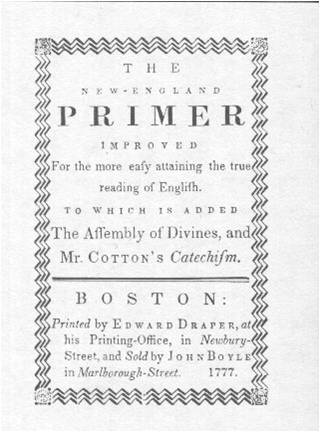How did we get to where we are in education policy today, considering how we started?
In early America, before we became a separate nation, children received their education from three possible sources, and in this order of importance: home, church, school. Most children never attended a formal school, yet somehow we were a literate society. That’s hard for some people to believe nowadays.
Even where schools existed, such as in New England, not all children attended them. They were the fallback if one chose to use them.
They were called common schools but were organized within small communities. Educational standards were set by local committees who were also members of the church. Often ministers doubled as the schoolteachers.
There were two possible ways to finance these schools: tuition or taxes. Notice that not all were tax-supported, and even when they were, the taxes were imposed by the locality, not a higher authority. Local control was universal. It’s actually more accurate to call these early schools Christian schools. Of course, modern histories of American education like to refer to them as the first public schools, intimating that they are the precursors of our current public system. The two couldn’t be more dissimilar.
For instance, can you imagine a law being passed today with the title “The Old Deluder Satan Act”? Well, the colony of Massachusetts passed exactly that in 1647. It was called that because of their concern that Satan would lead people astray if they weren’t properly educated. How different from the education many students receive today, which is designed to do precisely that—lead them astray. But that will be the topic of future postings.

